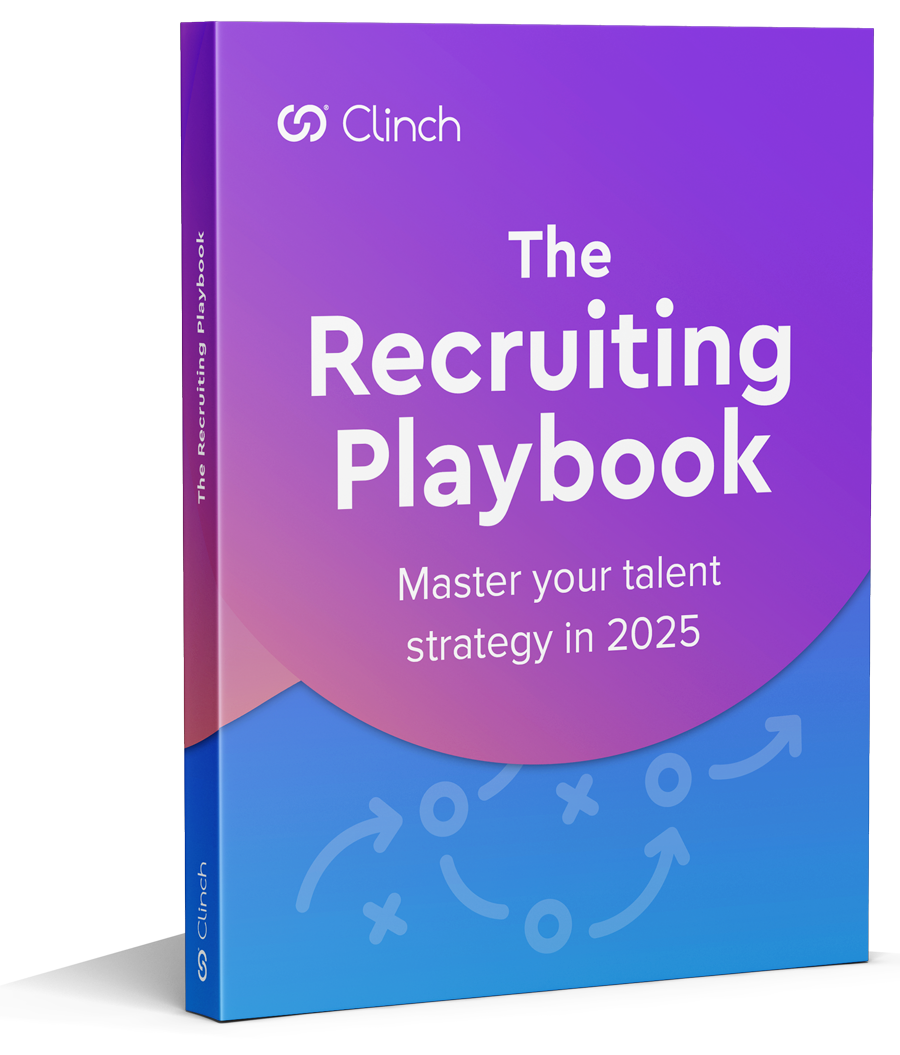Whilst talent attraction specialists recognise the need for authentic employer branding, how best to achieve it remains something of an enigma. Recent innovations point towards best practices, in particular, the power of employee-driven storytelling.
In recent years, employers seem to have embraced a number of principles seen as success factors for talent attraction.
Employer branding, but the real thing
Employer branding is now embraced as the central pillar of talent attraction, with 83% of talent acquisition leaders surveyed by LinkedIn believing that it has significant impact on the quality of hire.
Increasingly also, employer branding is believed to work at its best when authentic, i.e. when perceived it communicates the most genuine image of the organisation.
A Boston Consulting Group survey amongst Millennials indicates that the best way brands can engage talent is to communicate an authentic purpose. Beyond salary, position and career progression, candidates are interested in the reality of a company, their future colleagues, and how the day-to-day running plays out.
Authentic Employer Information Exchange
With 90% of recruiters believing that the labour market is candidate-driven, the candidate’s search for authenticity is respected. Associated with this is the little-known practice of authentic employer information exchange that occurs in online spaces, often without the organisation’s awareness:
- 50% of employees already post comments and other content online about their employers, with 30% doing so without the encouragement of their employer. What’s more, 15% of employees have shared negative comments about an employer (source); and
- Most job seekers read at least 6 reviews before forming an opinion of a company.
Despite authentic employer branding being recognised by TA and EB specialists, the “how” to deliver it remains far less clear. Only half of companies surveyed by LinkedIn believe they have a proactive brand strategy and less than 40% feel they have the required resources to succeed.
Take social media. While it is often seen by employers as the most important channel to promote an employer’s brand, there is no real understanding of the strategy that underpins how to make best use of it.
“Despite all the hype about social-media platforms such as Facebook, YouTube, and Twitter, every channel must be closely analysed for its benefits and risks. If a company does not have confidence that it can present itself authentically and engage in open dialogue with consumers through certain mediums, it should not use them until the advantages outweigh any potential damage”, concludes the BCG.
Against this backdrop, it is encouraging to see innovations are able to turn principles of authentic employer branding into practice.
The power of a story
Storytelling is now seen as a powerful way to project authenticity in employer branding. “Authentic storytelling…is an amazing way to impact talent strategies”, says a Forbes magazine article.
Evidence from peer-reviewed science backs this. Storytelling has been shown to prompt a strong neurological response in the listener, according to neuroeconomist Paul Zak. His research shows that “stories that are personal and emotionally compelling engage more of the brain, and thus are better remembered, than simply stating a set of facts”.
“People are attracted to stories,” says Keith Quesenberry in the Harvard Business Review, “because we’re social creatures and we relate to other people.”
The role that storytelling can play in responding to candidates’ search for authenticity should come as no surprise. Whilst job seekers can readily access many facts about their chosen employer, the facts alone are unlikely to adequately answer many of their most burning questions.
At Clinch Employee Connections, we assessed over 5,000 questions recently asked by job candidates on our employees-to-candidates discussion platform. The ones attracting most views include questions where only a response with an authentic story is imaginable:
“Can you tell me what your first year was like?”
“Why [company] vs. other banks and what do you do as a trader?”
“A story can go where quantitative analysis is denied admission: our hearts. Data can persuade people, but it does not inspire them to act; to do that, you need to wrap your vision in a story that fires the imagination and stirs the soul” concludes the Harvard Business Review.
Employees are the best storytellers
Arguably, the most authentic source of storytellers for employer branding are employees who, according to the BCG, can communicate credibly about an organisation and “make its culture tangible”.
It’s not solely about who delivers the message, but also what message is being delivered, with the employees themselves being seen by many as central to defining what it is that makes an employer unique.
Take Heineken as an example – early in 2019, the company rejuvenated its employer branding campaign ‘going places’. It focussed on showcasing employee stories and driving awareness and engagement – featuring stories of 33 Heineken employees – from the head of the e-commerce business to a seller in South Africa. Snapshot stories, delivered as 45-second hero films, showcased staff at all levels and roles. In these clips, employees discussed a challenge they faced and they addressed how they were able to turn this into an opportunity.
“More and more young employees are demanding that their voices be heard,” says Matthias Malessa, Chief HR Officer of the Adidas Group. “I ask my people, ‘How do you perceive this company?’, then I build my employer-branding story based on what they say.” He cites, for instance, one message involving social and environmental responsibility.
Options
One-way messages
In recognition of these trends, several solutions were developed for employers to help their employees tell their stories.
Employee referral programmes have become increasingly rolled out by several organisations, including eBay.
“When you shape your employer branding out of the culture and put your people at the centre of it, the advantage is that you can motivate them to channel their pride by recommending the company,” says Tobias Hübscher from eBay.
Other means of communicating the employer brand include employee video testimonials and online postings. At Adidas for instance, employees are encouraged to share their experiences with the firm’s culture online.
As well as solutions focused on delivering “one-way” messages, more recent trends are headed toward a more interactive means of communicating with candidates. This is achieved via the implementation of platforms offering employees two-way dialogues with target candidates.
Interactive communications
A Clinch Employee Connections study reveals that 96% of job candidates seek to engage with employees of target firms. This is reflective of a more general trend in which consumers expect to engage more actively in a two-way dialogue with brands.
With thousands of employees and a select handful of employers, the ability to connect on a meaningful and personable level can seem impossible. But there are tools on the market that can be put into place that will enable an authentic connection to be established and maintained.
Meaningful two-way dialogues can be achieved through dedicated online discussion and live chat platforms, where employee advocates share their personal stories. The potential of online engagement solutions can be wide-ranging.
Discussion platforms also generate data about candidates’ behaviours. At Clinch Employee Connections, we found that of the most active candidates on an employer’s discussion platform, the majority ended up working at that employer or at its competitors. If candidates’ engagement activity on a platform is a good predictor of their interest, should more focus be placed on candidates who are most active on the platforms?
When considering employee-led storytelling solutions, employers will need to ensure several grounds are adequately covered. Chief amongst them relates to what content is being shared publicly. The chosen solution must be able to facilitate authentic exchanges whilst also giving the employer sufficient means to manage that information flow.




